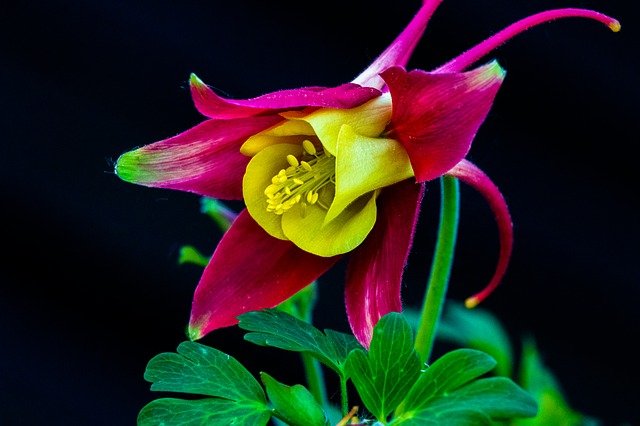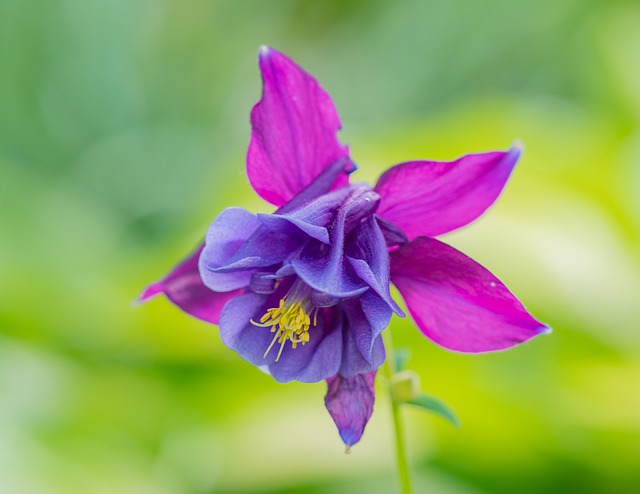This charming perennial also grows wild in the Czech steppes. The natural species is blue-purple, but our great-grandmothers\’ flower beds are usually filled with pink and purple orris. In the Middle Ages it was cultivated in monastery gardens. They propagate easily by sowing and cross-pollinate with each other. Eagles have undergone decades of breeding, and today\’s colorful cultivated hybrids are the result of cultivating North American varieties. Seed companies offer many colorful varieties, some with two different cup and crown colors. Depending on the species, eagles flower from April to July.

Eagles are distinguished not only by the color of their flowers, but also by their leaves, which are very diverse in shape and size. The above-ground rosette of gray-green trichomes yields a branched stem with funnel-shaped flowers. The unique structure of the delicate flowers with their elegant spines catches the eye of visitors at first sight. Although the flowers are not very large, the eagles more than make up for it, and hybrids bloom in a variety of colors. Whether single or in full bloom, their delicate beauty is perfectly complemented by sassafras, peonies, and daisies.

With a height ranging from 20 cm to 60 cm, it can be planted in the garden in a variety of ways, from rock gardens to mixed beds. This graceful perennial is not only well suited for natural compositions, but also as an attractive accent for a bed of lodging plants or annuals. It especially stands out when planted as a unique solitaire in a conifer front yard. Taller varieties are also suitable for cut flowers. Flowering and fruiting stems can be dried to decorate dried arrangements.
Eagles are undemanding, hardy perennials ideal for beginners. They do best in thin, semi-shaded areas among shrubs or in the canopy, where they can be shaded during the day. Sun or all-day shade is not a good idea. Provide full sun and a permeable, humusy, non-drying soil with calcium. Cut back after flowering. Because they do not tolerate transplanting well, gardeners recommend that old plants be replaced with new shoots sown in the spring.
